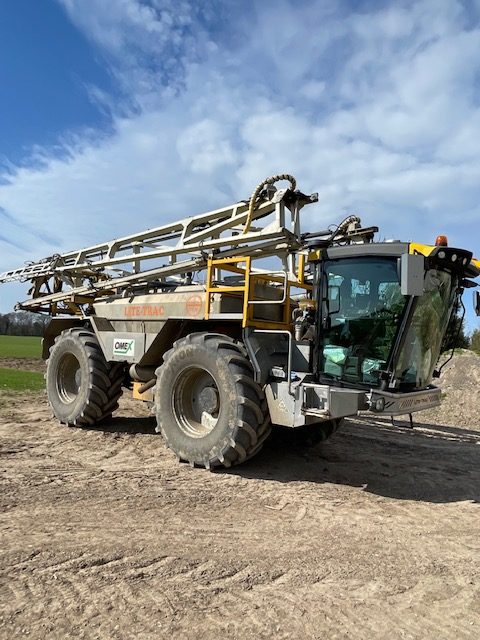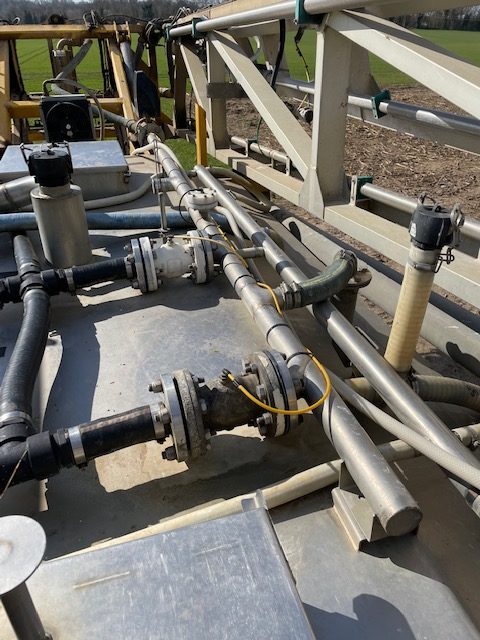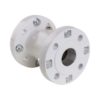Valves for Agricultural Fertilizer: Corrosive & Abrasive Fertilizer Handled with Ease
The agricultural suspension fertilizer which is highly abrasive and corrosive, is ambient temperature and flows through the Pinch Valves between 1-3 Bar depending on the application rate. The valves are installed horizontally on the top of the sprayer tank, and are normally open. Approximately 4 Bar air pressure is used to shut off the valves for agricultural fertilizer.
The Pinch Valves assist with the application rate control. Controlling the flow rate of the fertilizer being sprayed onto crop fields is an important task, making the Pinch Valves crucial parts of this suspension agricultural fertilizer machinery.
A sprayer control computer operates solenoid valves which increase or decrease the Pinch Valve air pressure to maintain a programmed application rate.
Pinch Valve used within this application: VF050.03X.35.30LA
VF model, air operated, aluminium body, aluminium PN10/16 flanges with stainless steel bushings, natural rubber sleeve.


Pinch Valves Vs. Butterfly/Diaphragm Valves
The end user of the machinery told us that they chose to use Pinch Valves for this agricultural fertilizer application because of their smooth application rate control and no moving parts. They had previously used butterfly valves for agricultural fertilizer but found that they would wear out too quickly, and the spindle would seize. Similarly, their experience with diaphragm valves proved that the diaphragm can fluctuate at low pressures and the weir wears out.
The rubber sleeve inside the Pinch Valve for agricultural fertilizer can be replaced as often as every 200 operating hours within this application, depending on the raw materials used to manufacture the fertilizer. The user replaces the flanges when required on the valves as well, rather than the complete unit.
With the Pinch Valve being made up of only three parts – the body, end connections, and rubber sleeve, the total cost of ownership is very good as there are no mechanical or small replacement parts needed such as gaskets, packing or seals.



